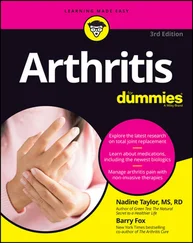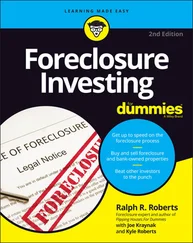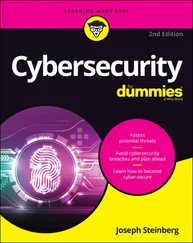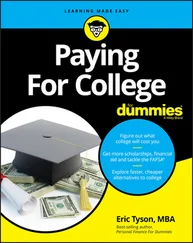 Exploring with math
Exploring with math
 Social studies options
Social studies options
 Sniffing out science
Sniffing out science
 Teaching at the right time
Teaching at the right time
Crayons, paper, glue, pencils, and Cheerios fill your days. You spend more time than you thought imaginable looking at ladybugs and subtracting with chocolate chips. (Wait! Don’t eat it yet. The math problem isn’t finished!) You must homeschool an elementary student.
Elementary students span such a wide range of processing, skills, and interests that categorizing them is hard. Some get a concept and take off, while others require slow and steady tutoring to get them over the humps. Keeping a watchful eye on your learner steers you past many a pitfall. When you know what your child is learning and how she takes in information, an occasional lack of understanding doesn’t stymie you because you see it coming.
Setting Out with Elementary Students
Students fill their elementary years with all kinds of learning. This is when your child learns the basics of living and builds the foundation of his education. He learns to make toast, read a book, multiply, and open a can of ravioli (skills we all need, right?).
A solid elementary foundation means that as your little one grows, he should tackle the upper grades with ease. Beginning with basic math, reading, history, science, and social studies, and adding on any subjects that you want your child to learn (as well as those that your state law might require), you guide your learner into an impressive body of knowledge by the time he finishes sixth grade. Even you may be surprised at how much he knows!
Between the ages of 5 and 12, children amass an amazing amount of knowledge about all sorts of things. (Of course, some of it we wish they didn’t pick up so readily, but who’s counting?) This is the time to introduce your child to all kinds of information, be it historical, scientific, mathematical, or whatever.
Because children often learn best by doing, hands-on experiences provide the most understanding. You want to teach your child about inclines for math or science? Grab a handful of small race cars and a sheet of cardboard or a large book, and practice racing the cars down the surface when it’s held at an angle or propped against something else to create a slope. Later, your child may forget what inclines are called, but she won’t forget what they do . ( Chapter 29talks more about learning with toys and games.)
These are the cut-and-paste years when children make a dizzying number of things from construction paper. They learn to tie their shoes, and they happily reset the combination lock on your briefcase. Oops! That one wasn’t quite on the list. Congratulations anyway.
Exploration also fills the elementary years. From the backyard to the neighborhood corner, the world provides a wealth of objects to explore. Mayflies or June bugs on the window become a reason for excitement with younger children, while older ones delight in turtles and frogs. Encouraging these interests and the excitement of discovery is one of the most important things that you do as a homeschooler. Sometimes encouragement is as simple as pointing out half-hidden denizens of the wild on a walk or steeling yourself when your 11-year-old proudly drags home a garter snake for you to appreciate. (Yes, honey. It’s lovely. It really is. Can it live outside now?)
Learning through Language Arts: Reading and Grammar
Nope. You’re not finished with schooling after you teach them to read. However, after you teach your first child to read, you’ll feel like you can teach her anything . It’s not that teaching a child to read is difficult — after all, most of us learned it with or without educational assistance. It does, however, require patience and the ability to stick with a project until you see results.
Nothing beats reading to your child to interest him in books. Letting him see that you read follows as a close second, and may be even more important in the long run. As we all know too well, it’s not what we say that the children catch, so often as what we do.
When do you teach a child to read? If he asks you to teach him, then do it. I made the mistake of putting my young daughter off for six months because I thought she was too young to read. Actually, all I did was underestimate her ability to trudge through a project until its completion (now I know), and deny her six months’ pleasure reading time. Bad mom. No biscuit.
Many books promise to teach your child to read. All you really need is access to a public library and a list of the various phonics rules that you can find in the back of the book Why Johnny Can’t Read by Rudolf Flesch. Regardless of what the educational theory of the week may declare, reading happens when you apply the sounds of words to the symbols that we call letters. Some children figure it out on their own, while others need to be shown the code.
If you want a more organized program, you probably want a reading curriculum. Here are a few tried-and-true teach-your-child-to-read programs on the market.
Alpha-Phonics: Alpha-Phonics lays out what children need to know in daily lessons. When you and your child finish this book, your child can read. I used this to teach a 3-year-old to read. It worked great — when we were finished 128 days later, he could read all kinds of things, like the headlines of all the tabloids in the grocery checkout lane. Oops. Available from Amazon and booksellers.
Sing, Spell, Read, and Write: A popular program among homeschoolers, Sing, Spell, Read, and Write uses a raceway game, readers, and phonics songs to teach reading. After you learn these songs along with your children, you’ll never forget them. Years later, we still periodically break into rousing choruses of “a-a-apple, b-b-ball” for no apparent reason. Available from most homeschool suppliers.
Teach Your Child to Read in 100 Easy Lessons: Based on the DISTAR reading approach that was popular in the 1970s, this book starts by teaching a modified alphabet that includes a symbol for each phonetic sound you hear. The student then learns to read with this alphabet, and it transitions into the normal alphabet by the end of the book. Many homeschoolers love this approach, and it works for them. Some children stress out about halfway through the book. Available from Amazon, homeschool suppliers, bookstores.
Ultimate Phonics Reading Program: This program promises phonics, and it delivers phonics. With no frills or added gimmicks, this Macintosh and Windows software (as well as an IOS and Android app option for mobile devices) teaches reading in 262 lessons. Pausing the mouse over a word or letter combination reads it aloud to the student. Includes ten-day free trial; purchase from the website ( www.spencerlearning.com ) or your favorite app store.
 I have a houseful of voracious readers. My children read two or more hours per day for pleasure if I don’t find other things for them to do. What created this love of words isn’t necessarily that the children’s parents are authors — it’s that the children’s parents are readers . We each try to steal away for a while each day and immerse ourselves in a book, whether the book is nonfiction for interest or research, or fiction for enjoyment and escape.
I have a houseful of voracious readers. My children read two or more hours per day for pleasure if I don’t find other things for them to do. What created this love of words isn’t necessarily that the children’s parents are authors — it’s that the children’s parents are readers . We each try to steal away for a while each day and immerse ourselves in a book, whether the book is nonfiction for interest or research, or fiction for enjoyment and escape.
Читать дальше
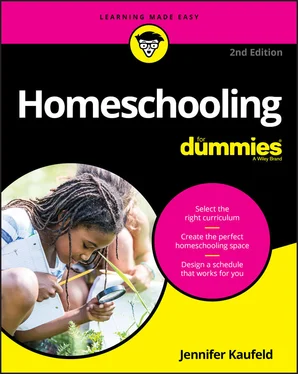
 Exploring with math
Exploring with math I have a houseful of voracious readers. My children read two or more hours per day for pleasure if I don’t find other things for them to do. What created this love of words isn’t necessarily that the children’s parents are authors — it’s that the children’s parents are readers . We each try to steal away for a while each day and immerse ourselves in a book, whether the book is nonfiction for interest or research, or fiction for enjoyment and escape.
I have a houseful of voracious readers. My children read two or more hours per day for pleasure if I don’t find other things for them to do. What created this love of words isn’t necessarily that the children’s parents are authors — it’s that the children’s parents are readers . We each try to steal away for a while each day and immerse ourselves in a book, whether the book is nonfiction for interest or research, or fiction for enjoyment and escape.

